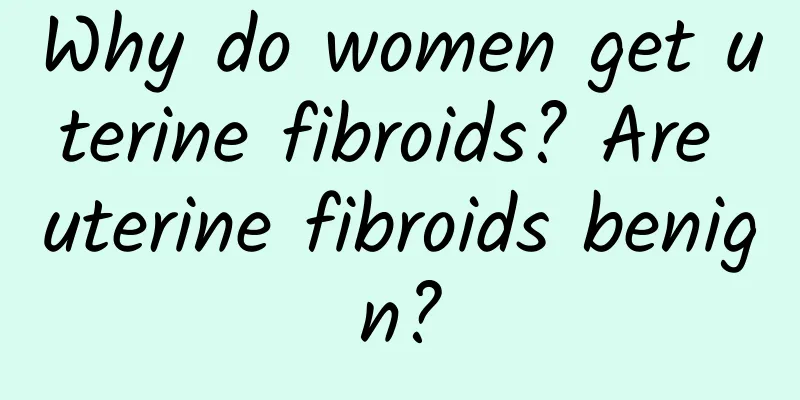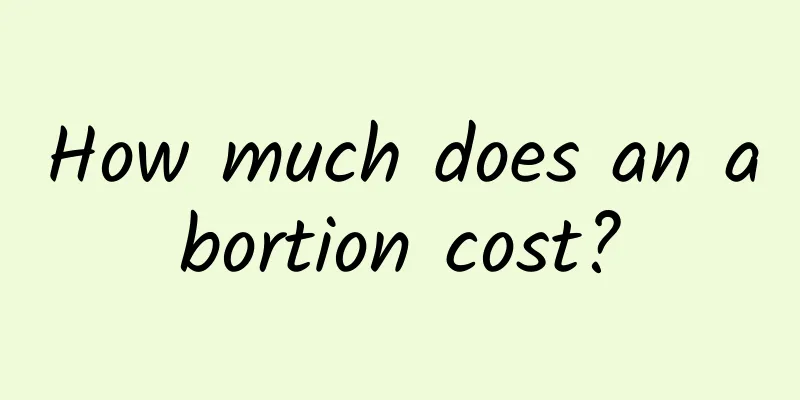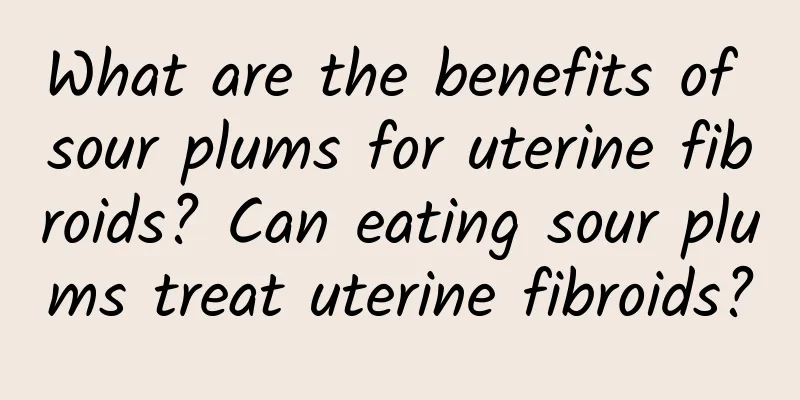Why do women get uterine fibroids? Are uterine fibroids benign?

|
According to statistics, many middle-aged women over 35 years old suffer from uterine fibroids. The probability of uterine fibroids getting worse is very small, generally less than 1%. So why do people get uterine fibroids? Who is more likely to get it? Uterine fibroids are a benign multiple tumor that is not contagious. Women aged 30-55 rarely develop uterine fibroids before the age of 20-60 and after the age of 60; the incidence rate can be as high as 70%. Its occurrence is related to estrogen levels. Young patients have high estrogen levels and are more likely to develop this disease; after menopause, hormone levels decrease and fibroids can disappear. The occurrence of uterine fibroids is related to the following factors: (1) Reproductive factors: Women who have not given birth are more likely to develop uterine fibroids than women who have given birth; Oral contraceptives: Contraceptives containing estrogen can stimulate the growth of uterine fibroids; (3) Obesity: Adipose tissue can also produce estrogen, and uterine fibroids rely on estrogen for growth; (4) Family history: sisters, daughters, and mothers of patients with uterine fibroids may also be ill; (5) Mental factors: Excessive work stress, excessive pressure or family discord can lead to ovarian dysfunction and uterine fibroids. So what kind of people are more likely to get it? The first category is people who are affected by genetic factors, which manifests as racial differences and family clustering. The second category is people who have hyperfunctioning ovaries. The third category is related to parity. The incidence of uterine fibroids is inversely proportional to parity. The fourth type is affected by physical constitution. The fifth category is related to life. The first is obesity. Studies have shown that because obese people are more likely to synthesize estrogen, the risk of developing fibroids increases by 21% for every 10 kg increase in weight. |
<<: Why do women get uterine fibroids? What are the pathogenic factors of uterine fibroids?
>>: Why do women get uterine fibroids? How to treat uterine fibroids
Recommend
Can irregular menstruation cause leg pain?
Speaking of irregular menstruation, I think it sh...
What is Trichomonas vaginitis? How is Trichomonas vaginitis caused?
Many married women suffer from gynecological dise...
Which hospital is good for abortion in Shenyang?
Abortion is terrible. After all, it is the end of...
Several major hazards caused by adnexitis
In society, adnexitis is indeed a common gynecolo...
How much does it cost to hospitalize and preserve the fetus for threatened miscarriage?
Many women may have poor physical fitness, which ...
What is the best medicine for women with cervical erosion? Analysis of different medications for cervical erosion
Many women will suffer from cervical erosion. The...
What are the methods of myomectomy?
Among the many methods of treating uterine fibroi...
Can B-ultrasound detect hyperprolactinemia?
Hyperprolactinemia (HPRL) is a common reproductiv...
Experts explain the dangers of cervical precancerous lesions
Cervical precancerous lesions are a disease that ...
Are ovarian cysts dangerous?
Are ovarian cysts harmful? The ovary is an organ ...
What are the contraindications for abortion surgery?
If you don't want to have a child after pregn...
How effective is drug treatment for endometrial tuberculosis?
Choosing appropriate drugs for the treatment of e...
Post-abortion cervical adhesion
Post-abortion cervical adhesion Cervical adhesion...
A brief introduction to the symptoms of chronic cervicitis
Understanding the symptoms of chronic cervicitis ...
How many days does stomach pain last after ectopic pregnancy
How many days does stomach pain last during ectop...









